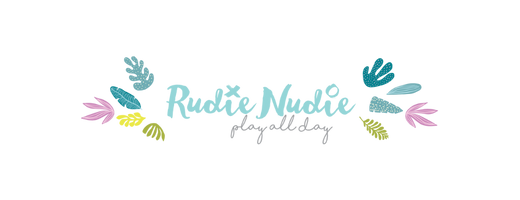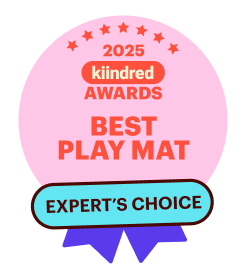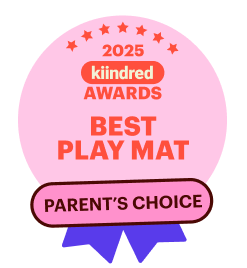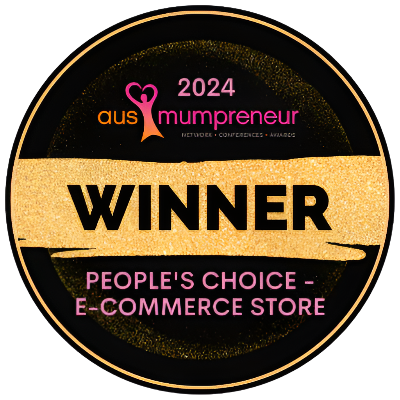“My child is not interested in books!” is a concern many parents have brought me over my 15-year speech pathology career. “Everyone says read to your child from the time they are born and show your child books; however, what if my child just isn’t interested?! How can I help them learn?”
While reading is a beneficial activity, there are many children that struggle with their language development. This means they may find it difficult to understand what a picture means. As a result, they may run away when you get a book out, throw a book away when you give it to them or sit and look at a book for only 2 seconds.
Hands up if this is your child and you?
You may feel worried, frustrated or anxious about their development. I want to tell you that you are a great mum and you are not alone. 20% of four-year-old children have difficulty understanding or using language. That’s 1 in 5 children presenting with some form of difficulty using language at the age of 4 years. (Speech Pathology Australia)
The first thing I would encourage you to do is to google up local speech pathology places and give them a call. Have an assessment to see where your child’s language development is for their age. If you must wait on a waiting list, I have some simple strategies you can do at home to help you help your child become more engaged in books in the meantime.
- 1. Take a photo of your child’s favourite toy. Put the actual toy and photo next to each other. Talk about how they are the same. For example, say ‘ball-ball’ (point to toy and photo), say ‘same’. Play with the ball and point to the photo at the same time to make it fun. You may need to do this for a few days and at different times. That’s ok.
- Once your child is familiar with this photo, put it next to same object in the book. It can be helpful to use a first words book to keep it simple. Say ‘ball-ball’ (point to each picture), say ‘same’. Also use the actual toy if required.
- Start pointing out their favourite toy in other visuals and books, using the photo and toy to help understanding. Don’t be focused on reading the book just yet. Just focus on helping them understand the pictures.
- Pick out another favourite toy and repeat this process.
- Introduce more and more objects and picture together and add in extra describing words. For example, instead of just saying ‘ball’, say bounce, red, hard, little, catch etc. Any words that are relevant to the ball.
- Buy one of my Busy Books from Busy Books Australia. These are titled, Let’s Talk Together or Talk With Me, and are designed to guide any parent in developing their child’s language using my speech therapy teaching approach. Use EMILYM at checkout for a discount.
Over time, you should start to see your child understand that a picture has meaning because it is an object. They should be able to look at books with you and become engaged in the pictures. Remember, each child runs their own race, and some things take time. Keep going, you’ve got this and are not alone.
Emily Mackie is a Certified, Practicing Speech Pathologist with 15 years of experience. Emily’s drive for innovation and impact earned her the title of Australian Speech Pathologist of the Year in 2021. She is passionate about redefining the speech pathology industry to improve health outcomes for Australian children. Emily is the founder of the Speak About Speech Pathology clinics and The Successful Speechie Academy. Emily has helped thousands of
children in Australia and around the world and is invested in empowering educators, speech therapists and allied health professionals everywhere. To learn more about Emily visit www.emilymackie.com.au







